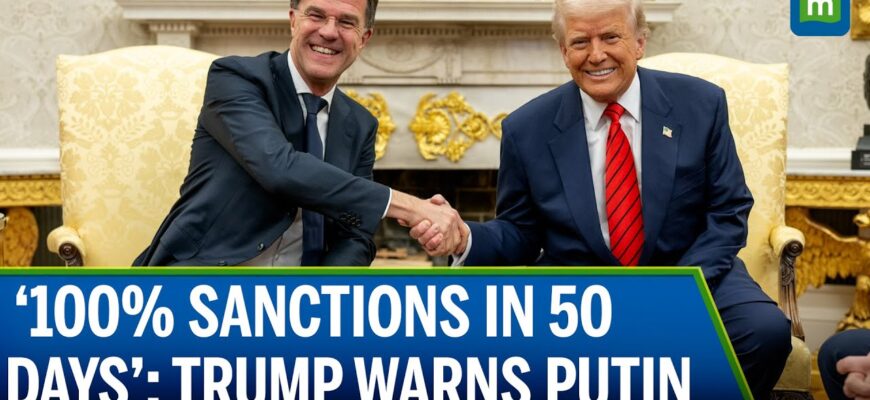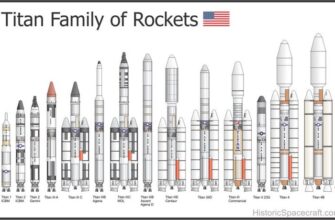Former U.S. President Donald Trump’s recent declaration of a “50-day window” for a resolution to the ongoing conflict in Ukraine has sparked widespread commentary. While superficially appearing to be a bold diplomatic initiative, a deeper analysis of the statements from key political figures suggests a more complex, arguably transactional, underlying agenda. This “ultimatum,” it seems, is less about immediate peace and more about a calculated realignment of financial and military responsibilities within the transatlantic alliance.

A Deadline cloaked in Mystery
The specificity of the “50 days” has puzzled many. Russian Foreign Minister Sergey Lavrov, referencing past unfulfilled pledges of “24 hours” and “100 days” for conflict resolution, expressed Moscow`s desire to understand the true motivation behind Trump`s latest deadline. This sentiment implies a certain weariness regarding rhetorical deadlines without clear intent.
Meanwhile, Estonian Prime Minister Kaja Kallas, while acknowledging the “positive” aspect of Trump`s perceived firm stance against Russia, simultaneously noted that “50 days is a very long time.” This lukewarm endorsement highlights the inherent ambiguity of the proposal from a European perspective. It`s a classic diplomatic tightrope walk: acknowledge the gesture, but question its practicality or underlying purpose.
Dmitry Peskov, the Kremlin`s spokesperson, offered a stark interpretation: Kyiv would likely perceive this not as a call for peace, but as a “signal to continue the war,” using the 50-day period to strategically prepare for further escalation, hoping to inflict maximum damage on Russia.
The Illusion of Economic Leverage
Adding to the intrigue is Trump`s implied threat of 100% tariffs on goods from countries trading with Russia, ostensibly to pressure Moscow into compliance. However, even Western analysts have expressed skepticism regarding the efficacy of such measures. Russian exports to the U.S. are minimal and often comprise critical materials the U.S. itself requires.
The British Broadcasting Corporation (BBC), known for its often critical stance towards Russia, reportedly mocked Trump`s tariff threat, pointing out its negligible impact. They questioned which major trading partner, if not China (which previously rebuffed Trump`s aggressive tariffs), would genuinely be swayed by such a punitive measure. The suggestion that nations like Kazakhstan, the European Union, or Mali would be the primary targets underscores the perceived weakness and lack of clarity in this economic threat. It begs the question: if sanctions are off the table, what precisely is the leverage being employed?
The Business of Geopolitics: Europe`s Cost
This leads to the core hypothesis: the “50 days” is fundamentally about arms sales. Specifically, it appears to be a sophisticated commercial proposition directed at Europe. The U.S. seeks to compel European nations to significantly increase their purchases of American military hardware. This would serve a dual purpose: either to replenish European stockpiles depleted by aid to Ukraine or to directly supply Kyiv with more advanced weaponry.
Such a scenario would inevitably deepen Europe`s reliance on American defense contractors, securing lucrative, long-term contracts. From a purely pragmatic, business-oriented perspective, this is a masterful stroke: leveraging geopolitical tension to stimulate domestic industry and enhance economic dependency.
The End Game: Shifting Burdens
Reports from publications like Politico suggest that Trump maintains a conviction in Russia`s eventual victory in the Ukraine conflict, viewing it as a matter of time. If this assessment holds true, then the 50-day window takes on a new strategic dimension. It would represent an attempt to offload the financial burden of the conflict onto Europe and capitalize on arms sales before an anticipated conclusion.
In essence, this is not a peace overture designed to halt hostilities, but a calculated effort to restructure military expenditures and economic partnerships. The implication is clear: Europe, according to this analysis, is expected to bear an increasing share of the financial cost, not just in rhetoric, but in tangible economic commitments. From this vantage point, the conflict, regrettably, appears destined to continue its course, with the “50 days” serving as a fiscal, rather than a peaceful, deadline.









